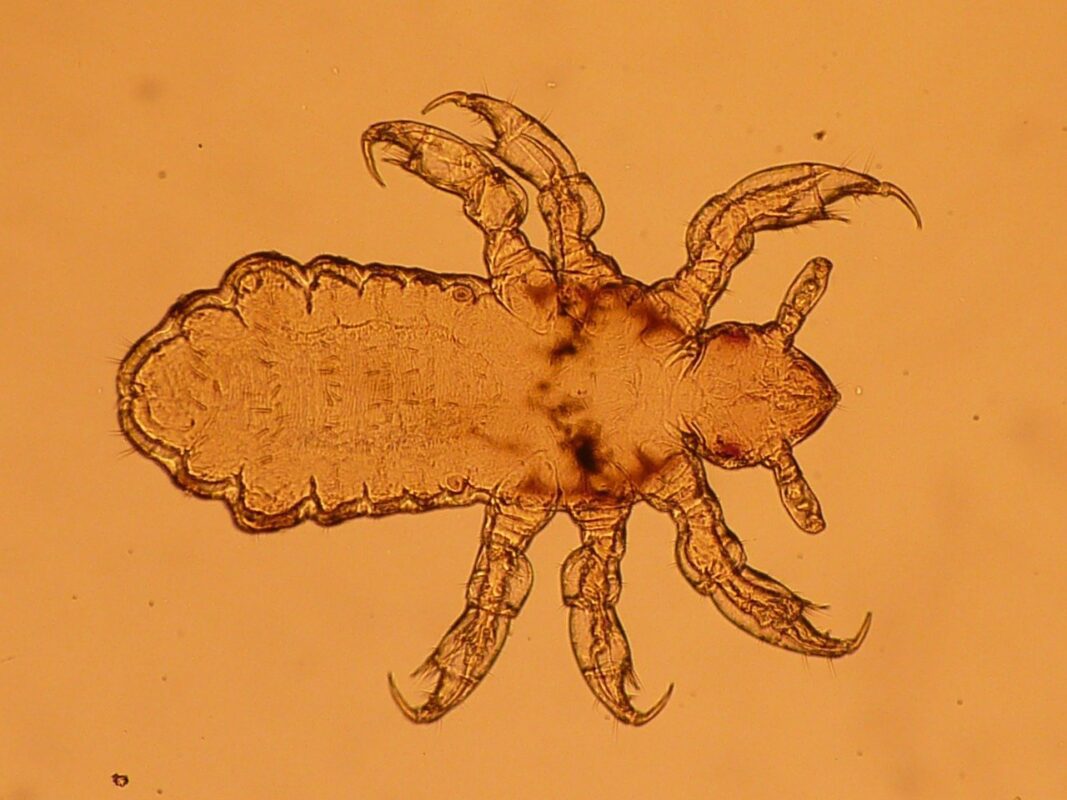How to Get Rid of Lice: Lice are tiny insects that dwell in the hair and scalp and are around the size of a sesame seed. They feed on human blood, and if they slip off the body, they die soon. But what are the most potent lice-removal methods, in addition to seeking the services of specialists like Lice Doctors?
Lice are highly contagious from individual to individual, and simply a few eggs can cause an infestation. Knowing how to get rid of lice efficiently will save you time, money, and a lot of irritation. Follow the five methods outlined below to eliminate lice and their eggs.
- Make Sure It’s Lice
Several pieces of research have found that lice don’t always cause scratchy, flaky scalps. Individuals should establish that lice or eggs are there before initiating a de-lousing routine. Lice symptoms can be confused with dandruff, dry skin, and various scalp illnesses. Flaky skin might look like lice eggs if not scrutinized. To see if they have lice, individuals must inspect their scalps under a light. Lice have a greyish-brown color and are visible on the scalp. Lice eggs are connected to the root of the hair, around an inch away from the scalp. It may be easier to see them if you wet your hair.
- Recognize The Procedure
Lice specialists based in states such as Los Angeles, CA, ascertain that, in lice treatments, mild pesticides are employed, and they are harmless to use on the scalp. Nonetheless, they are poisonous, so youngsters need to be closely monitored. Before utilizing lice treatments, anyone with a history of skin allergies or other unexpected responses, especially to pesticides or topical solutions, should see a doctor. This is easy as you can find them in places like Charlotte, NC. Consult your doctor first if you’re thinking about utilizing a de-lousing procedure, if:
- Previous de-lousing procedures haven’t been successful
- There has been a history of allergic responses in the past
- The scalp is swollen, bleeding, or crusted
- There are no apparent lice
Female lice, which are somewhat larger than male lice, lay six eggs every day on average. As a result, even a tiny lice infestation can swiftly escalate into a significant infestation. To get rid of lice, you must kill the adults and remove their eggs. Specific lice shampoos are effective against both eggs and adults. According to expert opinion from Lice Doctors, shampoos usually have a little ovicidal impact or do not destroy lice eggs. Those who use these cleansers will have to physically remove lice eggs.
- Make Use of a De-Lousing Shampoo
Lice specialists suggest that you begin by using a de-lousing solution. There are several medications options to choose from. The lice doctors based in states such as Sacramento, CA, can assist you in choosing the correct medication specifically for you. Follow the product directions, including leaving the shampoo on the scalp for a few minutes. The sick individual should change into clean clothes after receiving a shampoo lice treatment. Lice are killed by washing with hot water or drying in a hot dryer. Putting on filthy clothes encourages lice to return to the head and reinfest the scalp.
- Use A Comb to Remove Nits
Lice doctors from places like Sarasota, FL, recommend that, if the therapy does not ensure that all eggs will be destroyed, use a fine-toothed nit comb to remove all nits. This might be part of the therapeutic plan. They should work their way down from the top of the head to the neck and one side of the head, then the other. Even though a shampoo claims to eliminate eggs, manually removing nits can expedite treatment and lessen the chance of re-infestation. Use a nit comb on the skull every day for at least a week to get the most effective egg removal. This assures that all or most eggs are ultimately removed, even if some go undiscovered.
- Identify And Eliminate Potential Sources of Infection
In order to avoid lice re-infestation, a de-lousing shampoo is useless. Lice are unable to leap. Instead, they transmit by coming close or directly touching contaminated persons or items. Lice die quickly after sliding off a human head. Lice, on the other hand, are more likely to spread via objects that have had recent direct contact with a person. There’s no need to be concerned about clothes from a few days ago, rugs, or furniture. Doctors based in places such as Riverside CA, recommend the following measures, to help you avoid transmitting lice to others or being reinfested:
- Vacuum upholstery and rugs, notably if the lice-infested individual spends a lot of time on them
- Wash combs, brushes, and other hair tools for 5-10 minutes in hot water
- Scarves, hats, and other items that directly touch the head should be washed. If the clothes cannot be cleaned safely, it is OK to put them in the dryer
It may seem time-consuming and annoying to wash so many different objects, but head lice will return. The extra time you have today to either clean or seek professional service from lice experts will save you a lot of time in the weeks ahead.
Trying to deal with a head lice infestation may be a pain. It’s critical to understand that head lice aren’t a symptom of filth or inadequate hygiene. Anybody who comes into close touch with a person with head lice or possessions is at risk of contracting it. If your kid or a member of your household has head lice, act swiftly to cure it or seek services from specialists. Most lice and nits may be killed using over-the-counter or prescription treatments. It’s also a good idea to clean any personal objects that may have lice or nits on them. You may help battle and avoid lice outbreaks by following these easy actions.
